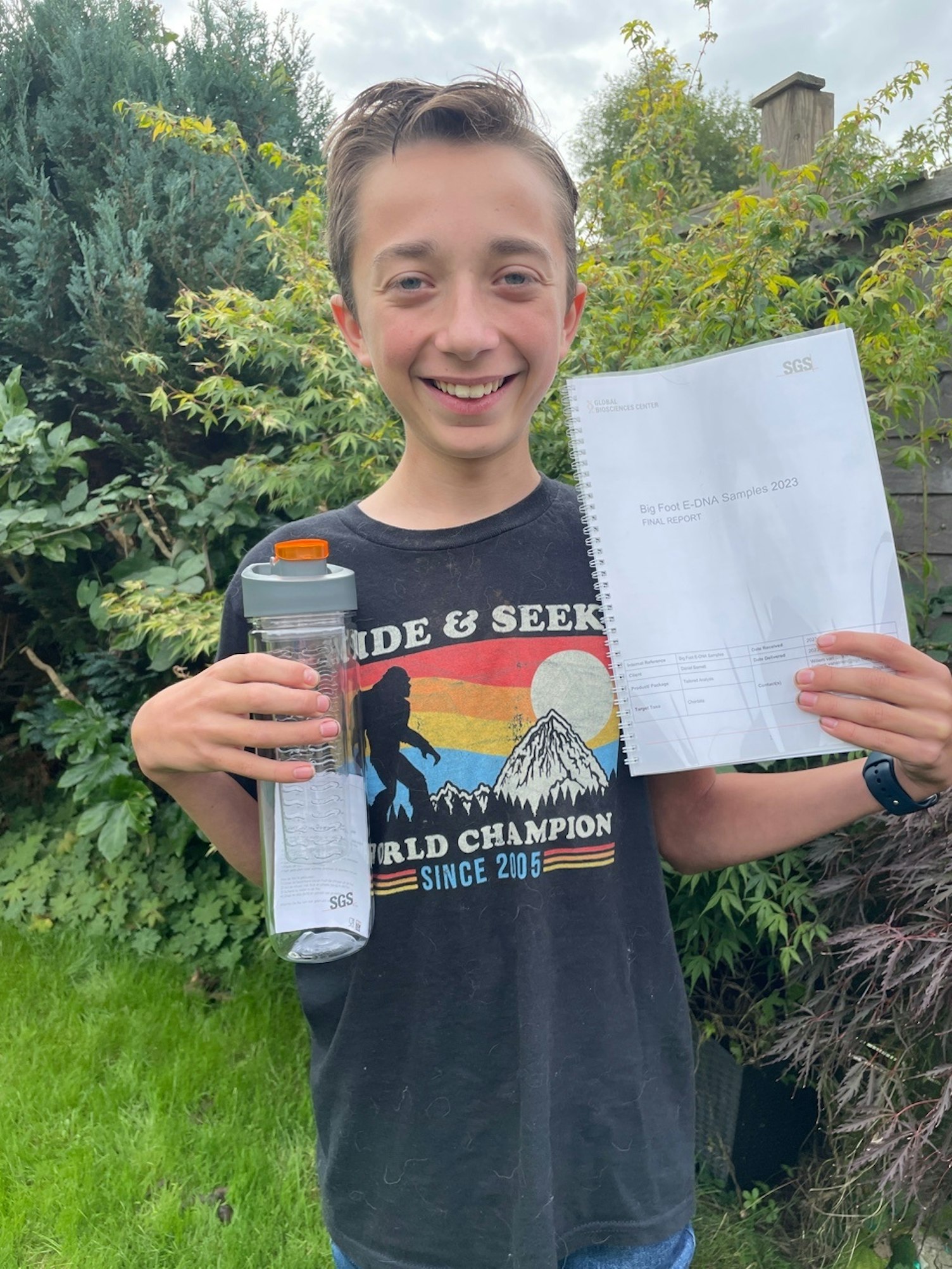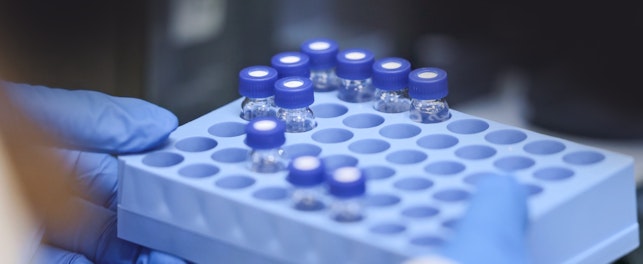Meet Daniel Barnett: A 14-year-old who is quickly becoming one of the most famous Bigfoot hunters in the UK (Dailystar, Nottingham Post, Wales Online). We found out about him after he recently reached out to SGS with a very unusual request!

Daniel runs a podcast in which he discusses mythical creatures, like Bigfoot. He also sets out camera traps in the local forest and goes on expeditions in search of large tracks. Daniel emailed us and wrote, "I collected soil samples from the tracks, and I would love if you could do DNA testing on them."
E-DNA Analysis
SGS offers DNA testing for various sectors, but the most appropriate technology here involved Environmental DNA. E-DNA is the genetic material that organisms shed into the environment. It can be used to identify species in various environments and is ideal for finding elusive and rare animals.
"I was struck by the fact that this 14-year-old had made the link that e-DNA could maybe also be used to find the most elusive creature of them all: Bigfoot," says Willem van Strien, Innovation manager at the SGS Global Biosciences Center. "Daniel appeared to be so enthusiastic about the topic and really showed he was embracing science on his quest to get to the bottom of this."
At SGS, we are genuinely passionate about supporting youngsters like Daniel who are dedicated to the pursuit of knowledge and discovery. We therefore decided to support the request, contacted the family and told them we would pick up and analyze the samples at no cost.
So, did we detect Bigfoot?
Well, that unfortunately still remains a mystery!
The samples we received were soil samples with small parts of leaf litter collected from the prints. Our team had to push some of our extraction methods to the limits with the limited volume of the samples. However, we did manage to get enough DNA and some solid species detections. We detected Eastern Gray Squirrels and Common Pheasant and also various large mammals like Roe Deer, Wild Boar, European Badger and Homo Sapiens (Humans) that could have left the tracks.
But we also classified some DNA sequences to the family Hominidae, the taxonomic group to which Humans belong and Cercopithecidae, the family of Old World Apes. Those last two classifications obviously trigger some speculation…
However, Vanessa Luis (Chief Molecular Scientist at the GBC) explains, "It is not actually possible to identify Bigfoot via E-DNA without a previous reference in the genetic databases. For that, one needs to have a tissue sample to extract DNA from to then barcode. Unfortunately, no confirmed DNA sequence of Bigfoot exists in the barcode reference databases we use at SGS."
How should you interpret our results?
As explained, although detecting the Bigfoot species may not be possible, with E-DNA we can usually match DNA sequences to higher taxonomic levels, like genus or family. We classify our DNA sequences to higher taxonomic levels if we cannot get a species match but have high confidence the DNA sequence belongs to a certain family (group of species).
This happens if reference barcodes do not exist, but also if the DNA we collected from the sample has been degraded and thus no longer matches barcodes in our databases. Sometimes this degraded DNA can also lead to miss annotations and matches with other species or families. This is a key aspect one needs to understand about E-DNA, although some of the risk of degradation can be mitigated during sampling and through sample preservation.
E-DNA is a very powerful tool, but there are some limitations. That's why we make sure that through our reporting we highlight these aspects and mention those taxonomic classification that need to be treated with care.
All the best!
We are glad we could support Daniel and his friends in his quest for answers and hope it triggers further interest in nature and these exciting technologies. Keep asking those questions!
For further information, please contact:
Willem van Strien
Innovation Manager
Global Biosciences Center
t: +31882143333
About SGS
We are SGS – the world’s leading testing, inspection and certification company. We are recognized as the global benchmark for sustainability, quality and integrity. Our 98,000 employees operate a network of 2,650 offices and laboratories, working together to enable a better, safer and more interconnected world.
Country club estate building 9, 21 Woodlands drive, Woodmead,
Johannesburg, South Africa



